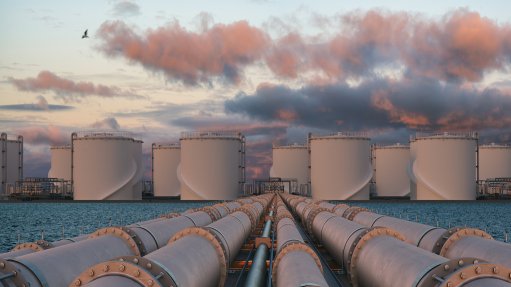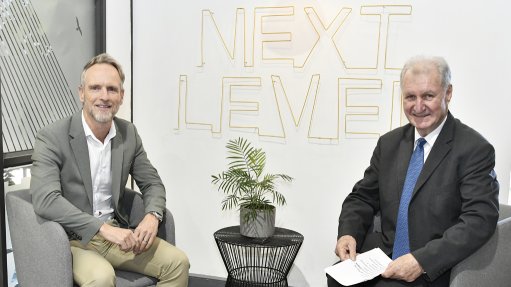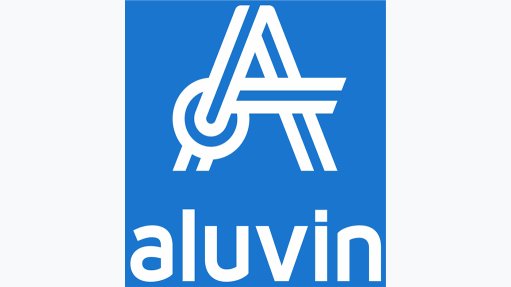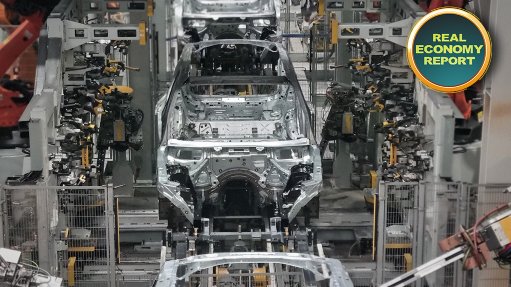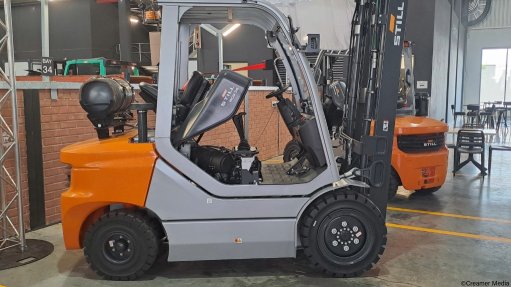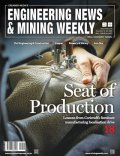Moves to boost defence, aerospace spending could be positive for PGM demand – WPIC
In The Hague Summit Declaration, issued on June 25, the North Atlantic Treaty Organisation (Nato) Heads of State and Government committed to spending 5% of GDP yearly on defence requirements by 2035 to ensure their individual and collective obligations, in accordance with Article 3 of the Washington Treaty.
As European leaders grapple with heightened geopolitical uncertainty and assume greater responsibility for their nation’s defence, the World Platinum Investment Council (WPIC) says moves are under way to strengthen Europe’s defence industry, ensuring competitiveness and strategic autonomy.
Simultaneously, the WPIC says, the need to maintain technological superiority is driving investment in advanced defence systems.
It notes that sustainable technologies group Johnson Matthey has highlighted the potential for additional platinum group metal (PGM) demand owing to higher defence spending.
EXTENSIVE USE
The WPIC explains that PGMs are used extensively in defence and aerospace applications, from avionics and electronics to lasers and optical systems, including night-vision goggles.
It explains that PGMs are key components in aircraft engines, with platinum and rhodium used for temperature-sensing and platinum for protective plating on blades. Platinum and iridium are also present in missile nose cones owing to their heat resistance.
Platinum is used in catalytic converters for military vehicles and to suppress infrared signatures, reducing vulnerability to thermal imaging and heat- seeking weaponry. It also serves as a catalyst in fuel reforming systems for advanced military power units.
Ruthenium is used for chip resistors and palladium for military-specification capacitors and other components.
Rhodium and iridium are also a component in reed switches – small sensors that operate when exposed to a magnetic field.
Sensitive equipment or machinery in extreme environments with fire or explosion risks, such as military and aerospace applications, require reed switches that offer high performance and excellent safety, the WPIC notes.
“PGMs are key to hydrogen fuel cell applications which are increasingly being explored for defence and aerospace purposes.”
In South Korea, the WPIC points out that defence solutions company Hyundai Rotem, a subsidiary of Hyundai Motor Company, is developing the world’s first military tank powered by hydrogen fuel cells.
Meanwhile, the council also notes that Ukrainian military drone business Skyeton has recently completed a test flight of an unmanned aerial vehicle (UAV) powered by a hydrogen fuel cell.
Following the successful flight, Skyeton is focused on developing a new fuselage architecture tailored for hydrogen integration, the WPIC says, noting that the updated UAV design will optimise space and weight distribution for the hydrogen fuel cell system, supporting the future scale production of its hydrogen-powered model.
Hydrogen fuel cell drivetrains, which frequently use PGM-based proton exchange membrane (PEM) technology, are especially suited to UAVs, owing to their energy density and light weight, it explains.
Hydrogen fuel cell UAVs offer an extended flight time and improved operational efficiency compared to traditional battery-powered systems.
In the US, the WPIC adds, the Department of Defense is exploring a system for the US Navy to generate, store and distribute hydrogen both aboard ship and ashore, creating a tactical ‘micro hydrogen supply chain’ to include the use of PEM electrolysis to generate hydrogen.
The council explains that this aims to reduce logistical fuel supply vulnerabilities, enhance energy resilience and extend operational capabilities.
Article Enquiry
Email Article
Save Article
Feedback
To advertise email advertising@creamermedia.co.za or click here
Comments
Press Office
Announcements
What's On
Subscribe to improve your user experience...
Option 1 (equivalent of R125 a month):
Receive a weekly copy of Creamer Media's Engineering News & Mining Weekly magazine
(print copy for those in South Africa and e-magazine for those outside of South Africa)
Receive daily email newsletters
Access to full search results
Access archive of magazine back copies
Access to Projects in Progress
Access to ONE Research Report of your choice in PDF format
Option 2 (equivalent of R375 a month):
All benefits from Option 1
PLUS
Access to Creamer Media's Research Channel Africa for ALL Research Reports, in PDF format, on various industrial and mining sectors
including Electricity; Water; Energy Transition; Hydrogen; Roads, Rail and Ports; Coal; Gold; Platinum; Battery Metals; etc.
Already a subscriber?
Forgotten your password?
Receive weekly copy of Creamer Media's Engineering News & Mining Weekly magazine (print copy for those in South Africa and e-magazine for those outside of South Africa)
➕
Recieve daily email newsletters
➕
Access to full search results
➕
Access archive of magazine back copies
➕
Access to Projects in Progress
➕
Access to ONE Research Report of your choice in PDF format
RESEARCH CHANNEL AFRICA
R4500 (equivalent of R375 a month)
SUBSCRIBEAll benefits from Option 1
➕
Access to Creamer Media's Research Channel Africa for ALL Research Reports on various industrial and mining sectors, in PDF format, including on:
Electricity
➕
Water
➕
Energy Transition
➕
Hydrogen
➕
Roads, Rail and Ports
➕
Coal
➕
Gold
➕
Platinum
➕
Battery Metals
➕
etc.
Receive all benefits from Option 1 or Option 2 delivered to numerous people at your company
➕
Multiple User names and Passwords for simultaneous log-ins
➕
Intranet integration access to all in your organisation









